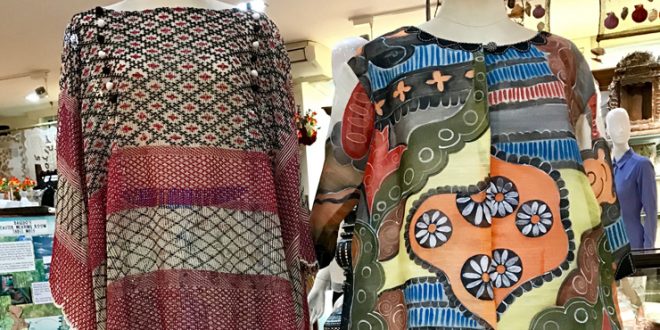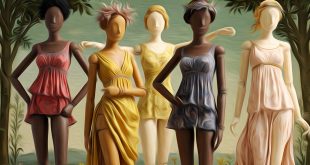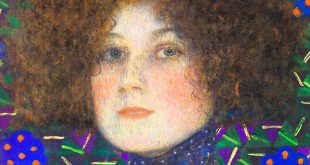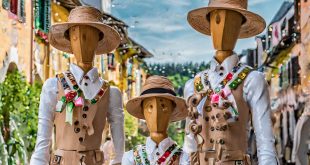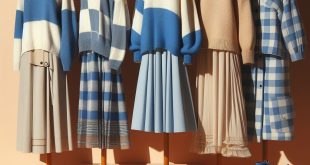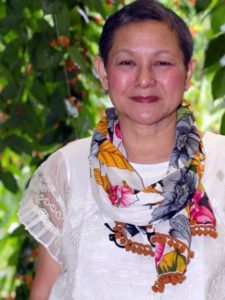 An environmental designer, an icon of her country’s lifestyle
An environmental designer, an icon of her country’s lifestyle
She drew inspiration from the fabrics of the Malong and Langkit ethnic groups, as well as from the geometric stripes of the cotton fabrics of the Maranaws. Her concept of Barong Tagalog is characteriz by a tailored fit with a half-open buttoned design, with a flip-down collar, side vents and French cuffs. Versatile Filipino artist Patis Tesoro https://www.instagram.com/patistesoro/ likes to call herself a designer and environmentalist, cook and gardener, as well as creative mentor of handmade artisanship.
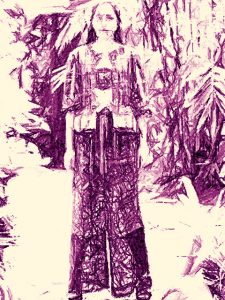
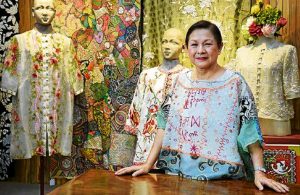 Striped and checked fabrics, animist designs and floral embroideries belong to his creative horizon, where East and West combine tradition and modernity. Even lawyers and businesspersons wear her all-over embroidered Barong Tagalog. As a designer and embroiderer, Patis Tesoro http://ww7.patistesoro.ph/ has dedicated her life to reviving the use of traditional Filipino fabrics. Her Pineapple project uses artisans who cut the leaves of the pineapple, separating the fibers from the chlorophyll that is eliminate, and then being process in order to create clothes.
Striped and checked fabrics, animist designs and floral embroideries belong to his creative horizon, where East and West combine tradition and modernity. Even lawyers and businesspersons wear her all-over embroidered Barong Tagalog. As a designer and embroiderer, Patis Tesoro http://ww7.patistesoro.ph/ has dedicated her life to reviving the use of traditional Filipino fabrics. Her Pineapple project uses artisans who cut the leaves of the pineapple, separating the fibers from the chlorophyll that is eliminate, and then being process in order to create clothes.

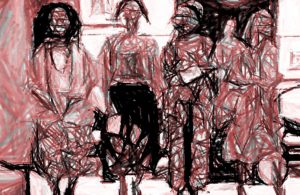 Confronting the vast collection of ancient piña at the Madrid anthropological museum, one of her fashion shows offered her updates on the piña. In his own way, and as a designer, he took ethnic diversity and costume tradition to another level. Being a luxury creation, Patis Tesoro‘s work https://lifestyle.inquirer.net/227745/patis-tesoro-brings-pina-back-to-spain/ is not for ordinary people. His sales of him had their debut in the Filipino territory, but in 2015, he presented his work of him in France and in Europe.
Confronting the vast collection of ancient piña at the Madrid anthropological museum, one of her fashion shows offered her updates on the piña. In his own way, and as a designer, he took ethnic diversity and costume tradition to another level. Being a luxury creation, Patis Tesoro‘s work https://lifestyle.inquirer.net/227745/patis-tesoro-brings-pina-back-to-spain/ is not for ordinary people. His sales of him had their debut in the Filipino territory, but in 2015, he presented his work of him in France and in Europe.
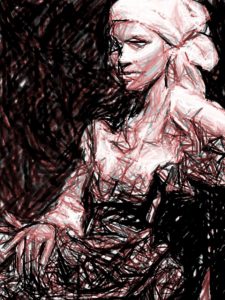 For her, bands worked with hand-painted motifs, or with applications embroidered in relief, can easily be combine with piña seda miniskirts. While growing up in Iloilo, Patis Tesoro https://m.facebook.com/ateneodemanila/posts/10157467604785153 honed her creative talent by observing the work of her mother, a tailor. After getting married to a family specializing in Filipino Handcrafts, she has dedicated herself to the mission of making sustainable not only her traditional art from her mother-in-law, but also very indigenous to the Philippines. By mixing hand-made fabrics with piña, it allows her not only to create clothes for the younger generation, but also to keep people from forgetting Filipino traditions.
For her, bands worked with hand-painted motifs, or with applications embroidered in relief, can easily be combine with piña seda miniskirts. While growing up in Iloilo, Patis Tesoro https://m.facebook.com/ateneodemanila/posts/10157467604785153 honed her creative talent by observing the work of her mother, a tailor. After getting married to a family specializing in Filipino Handcrafts, she has dedicated herself to the mission of making sustainable not only her traditional art from her mother-in-law, but also very indigenous to the Philippines. By mixing hand-made fabrics with piña, it allows her not only to create clothes for the younger generation, but also to keep people from forgetting Filipino traditions.
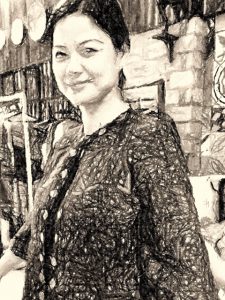
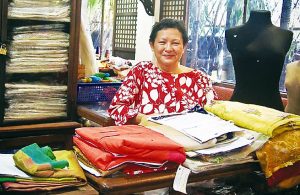 He went out of his way to set up training courses for piña makers, incorporating their artisanal production into his clothes. Using traditional beads, embroidery and fabrics, Patis Tesoro https://www.tatlerasia.com/style/fashion/tesoro-dizon-and-aranaz-and-their-lasting-impact-on-the-philippine-fashion-industry breathed new life into design, thus making Filipino baro’t saya modern. The wife of the Filipino ambassador in Madrid gave Queen Sofia a closed-neck piña dress, obviously made by this Filipino designer.
He went out of his way to set up training courses for piña makers, incorporating their artisanal production into his clothes. Using traditional beads, embroidery and fabrics, Patis Tesoro https://www.tatlerasia.com/style/fashion/tesoro-dizon-and-aranaz-and-their-lasting-impact-on-the-philippine-fashion-industry breathed new life into design, thus making Filipino baro’t saya modern. The wife of the Filipino ambassador in Madrid gave Queen Sofia a closed-neck piña dress, obviously made by this Filipino designer.
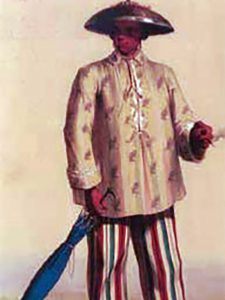 While expanding his creative horizon
While expanding his creative horizon on a bespoke fit project, Patis Tesoro https://pineappleind.com/blogs/about-us/journey-of-the-barong-tagalog-20th-century-philippines-part-36-patis-tesoro began designing the Barong Tagalog using traditional fabrics and hand embroidery. Featuring a U-shaped embroidered pechera, a pointed turndown collar and side slits, the Filipino Barong is essentially a half-open buttoned up. In Spanish times, when embroidery was the only embellishment of a dress, but now the piña is mix with silk and can be painted by hand.
on a bespoke fit project, Patis Tesoro https://pineappleind.com/blogs/about-us/journey-of-the-barong-tagalog-20th-century-philippines-part-36-patis-tesoro began designing the Barong Tagalog using traditional fabrics and hand embroidery. Featuring a U-shaped embroidered pechera, a pointed turndown collar and side slits, the Filipino Barong is essentially a half-open buttoned up. In Spanish times, when embroidery was the only embellishment of a dress, but now the piña is mix with silk and can be painted by hand.
If you want to get to know other creative people who have contributed to enriching international fashion scene, you can type http://meetingbenches.com/category/boutique_travel/. The sole purpose of this site is to spread the knowledge of these artists and that other people enjoy their works. The property of the images that appear in this blog correspond to their authors.
 Meeting Benches World art in all forms
Meeting Benches World art in all forms
